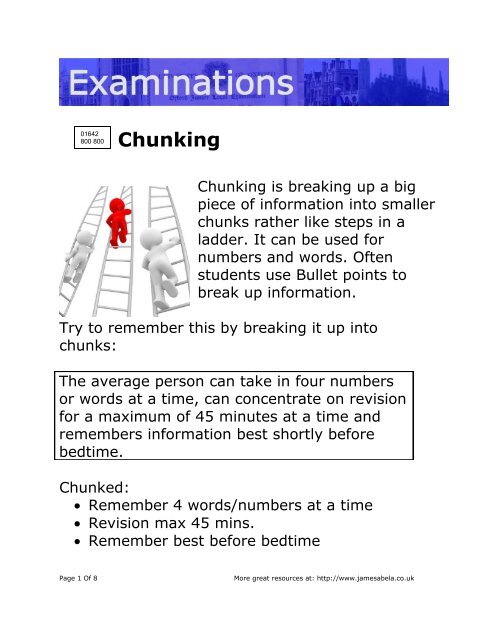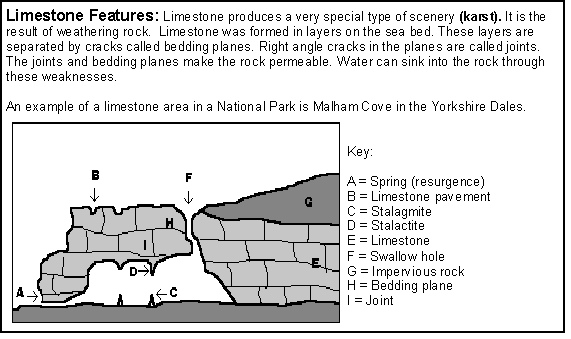Revision is personal. How we revise, the techniques we use and the time we spend trying to revise will vary but we do all drift towards techniques that feel intuitively productive. We're never sure what is the optimal technique but research has shown that by far the most popular strategies revolve around rereading, highlighting and summarising.
However, studies have shown that these techniques don't consistently boost our performance. This paper from 2013 by Professor Dunlosky, analysed hundreds of studies relating to revision technique and showed that these three popular techniques had 'low utility' when compared to other approaches. This post explores why.
How To Use Revision: The Technique Explained. The basic premise of using revision to change your life is that in addition to being able to create your future experiences, you can also use your imagination to re-create past experiences as you wish them to be. 4 Strategies for Teaching Students How to Revise During revision, students should work closely together, discuss models, add details, delete the unnecessary, and rearrange for clarity and effect.
1. Rereading
Rereading is the most popular technique that students rely upon to revise. It's straightforward and gives the impression that we're engaging in productive work.
However, research suggests that it isn’t a productive nor efficient form of studying. Rereading is generally passive - the brain is most effective at retaining information when it is being actively used.
Dunlosky and his colleagues concluded that rereading notes or textbooks has ‘low utility’. Whilst it can improve some very short-term retention, in comparison to other techniques that you could be doing, it is far from ideal.
“When compared with some other learning techniques, rereading is typically much less effective…The relative disadvantage of rereading to other techniques is the largest strike against rereading and is the factor that weighed most heavily in our decision to assign it a rating of low utility”.
In essence, despite the vast majority of us relying on rereading as a technique to enhance our revision, it is ineffective, inefficient and has ‘low utility’ when compared with other techniques.
2. Highlighting
The second popular technique is highlighting. Once again, evidence suggests that highlighting is a particularly popular revision strategy – it's active, feels productive and even allows our creative tendencies to (over)flow into making our notes look colourful!
However, if we go back to the meta-study conducted by Professor Dunlosky and his colleagues, they rated highlighting as having low utility too - simply providing what Dunlosky called a “safety blanket”.

“In most situations…highlighting does little to boost performance. It may actually hurt performance on higher-level tasks that require inference making”.
This second point about inference is especially important. Many subjects at A-Level and university require some degree of making inferences. As such, highlighting could be hindering our performance when tasked with making such inferences.
3. Summarising / Making Notes
Summarising and making notes has great appeal too as a means of making our revision feel more productive. Whilst evidence is more equivocal in this case and the quality of notes varies between students, Professor Dunlosky and his colleagues concluded that:
“On the basis of the available evidence, we rate summarization as low utility. It can be an effective learning strategy for learners who are already skilled at summarizing; however, many learners (including children, high school students, and even some undergraduates) will require extensive training, which makes this strategy less feasible”.
In essence, if you know how to effectively summarise and make notes it can be useful but we're rarely, if ever, taught or trained to make notes effectively. Even if you're particularly adept at note-taking, the technique still falls around the middle of the pack compared to other revision techniques.
Revision Techniques For Writing
Consequently, the conclusion we should draw from this is that: Making notes is far less effective than we perhaps convince ourselves that it can be.
This isn't to say that making notes is a complete waste of time – it can sometimes make revision enjoyable if you like using colours or calligraphy. But we shouldn’t fool ourselves into thinking that it's one of the more effective revision techniques – just because we're writing things down, doesn’t mean we're making the best use of our revision time!


Revision Techniques For Kids
Rereading, highlighting and summarising may be popular strategies that we've probably all relied upon at some stage during our studies. However, their popularity does not correlate with how effective they are. I will explore the revision techniques that we could be utilising to make our studying more effective and efficient in future blog posts in this 'How To Study' series.
Revision Techniques Uk
This article references the first half of this video which looks at these 3 popular but ineffective revision tips. The second half of the video, which looks at active recall, will be addressed in the next 'How To Study' blog post.
